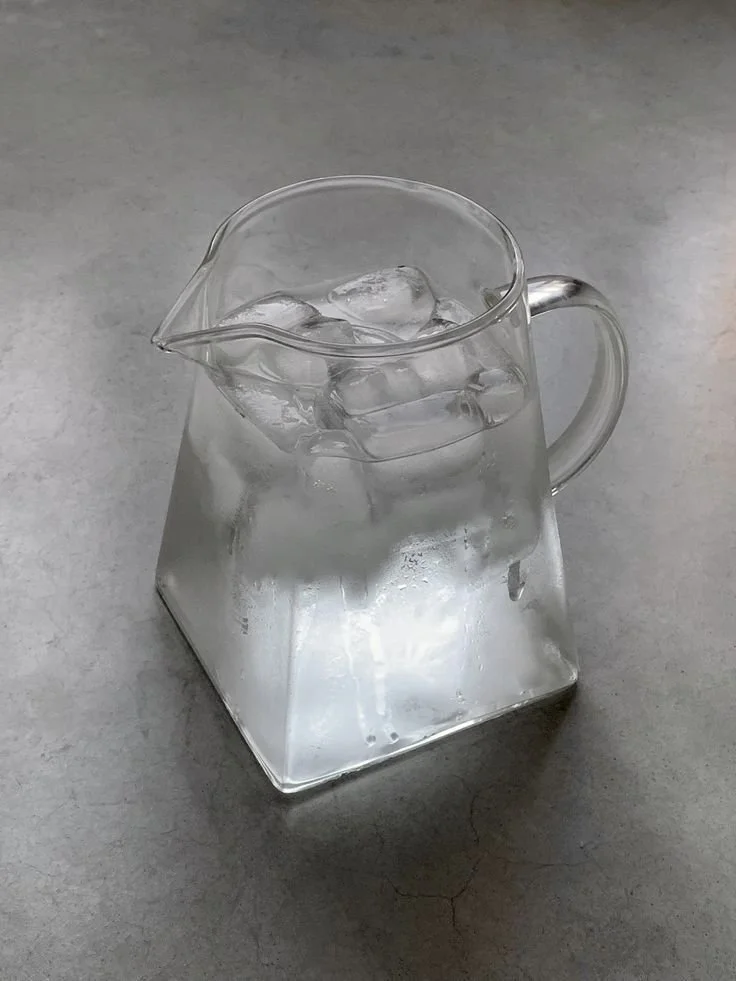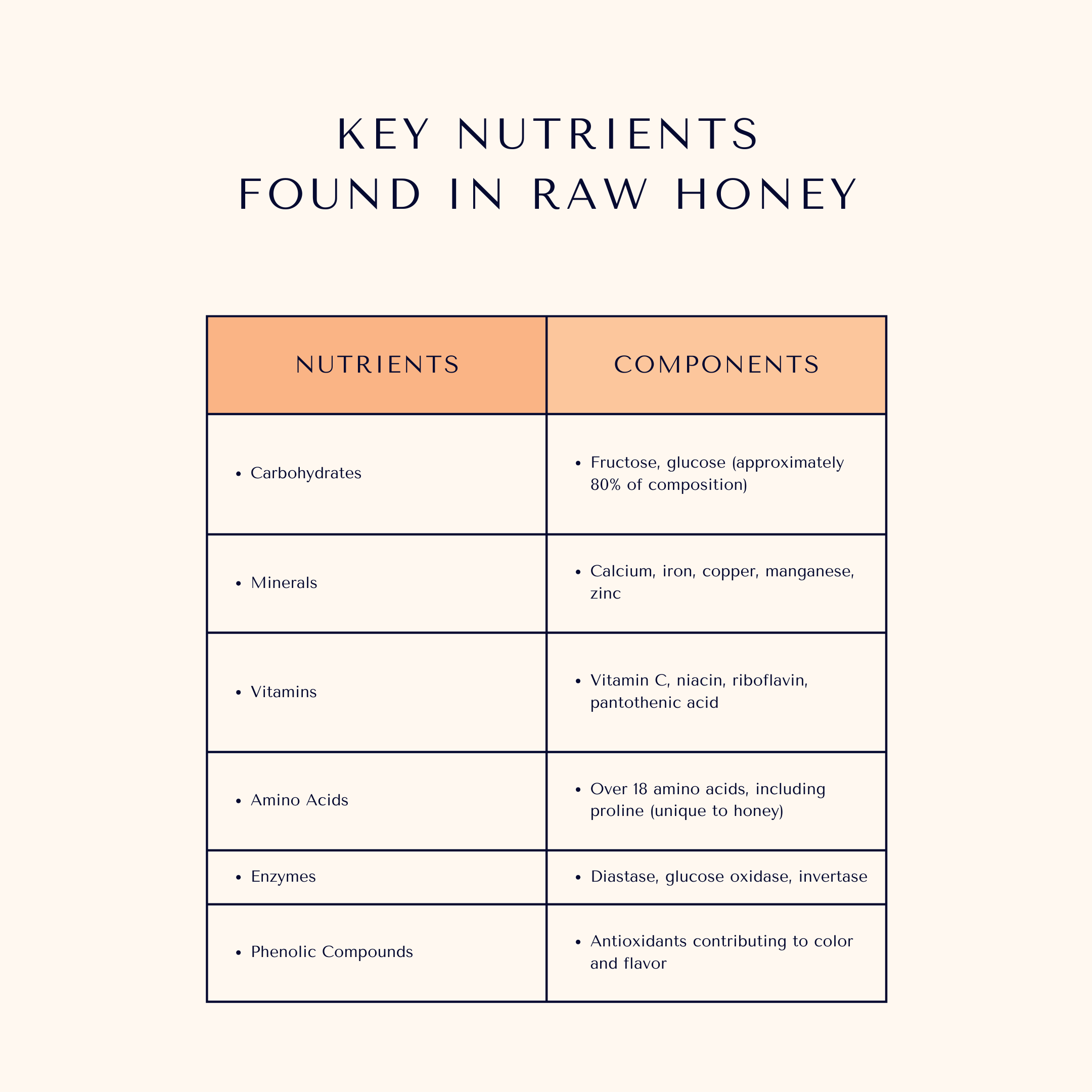Tongue scraping is gaining traction as a simple yet effective addition to daily oral hygiene routines. This practice, which involves gently removing debris and bacteria from the surface of the tongue, has been used for centuries in various cultures and is now becoming popular worldwide.
By understanding how tongue scrapers work and incorporating them into your daily routine, you can enjoy fresher breath, improved taste, and better overall oral health. Let's delve into why you should consider making tongue scraping a regular part of your hygiene regimen.
In this article, we explain the use of tongue scrapers and highlight their numerous benefits.
No. 1
What is a Tongue Scraper?
A tongue scraper is a simple yet powerful tool designed to enhance your oral hygiene routine. Typically made from materials such as metal, plastic, or silicone, these tools are crafted to efficiently clean the surface of your tongue.
Materials
Tongue scrapers come in various materials to suit personal preferences. Metal scrapers, often made from stainless steel or copper, are durable and easy to clean. Plastic scrapers are lightweight and can be more affordable, making them a popular choice for beginners. Silicone options offer a flexible and gentle alternative, ideal for those with sensitive tongues.
Design
The design of a tongue scraper is straightforward but effective. It usually consists of a handle attached to a flat, rounded edge or a U-shaped curve. This edge is gently dragged across the surface of the tongue to remove accumulated debris, bacteria, and dead cells. The process is quick and easy, typically taking just a few seconds to complete.
Usage
To use a tongue scraper, start by extending your tongue out as far as comfortable. Place the scraper at the back of your tongue and gently pull it forward, applying light pressure. Be sure to rinse the scraper after each pass to remove the collected debris. Repeat this motion a few times, covering the entire surface of your tongue. Finish by rinsing your mouth with water to wash away any remaining particles.
No. 2
How to Use a Tongue Scraper
Using a tongue scraper is a straightforward process that can greatly enhance your oral hygiene routine.
Follow these steps to use a tongue scraper effectively and ensure optimal results:
Step-by-Step Guide
Preparation: Start by ensuring your mouth is clean. You can use the tongue scraper before or after brushing your teeth with an effective toothpaste. It's often recommended to use it after brushing to remove any remaining debris.
Extend Your Tongue: Stick out your tongue as far as you comfortably can. This exposes the entire surface, making it easier to clean thoroughly.
Position the Scraper: Place the rounded edge or U-shaped curve of the tongue scraper at the back of your tongue. Be gentle to avoid gagging.
Scrape Gently: Apply light pressure and gently pull the scraper forward across the surface of your tongue. Start from the back and move towards the tip. Be sure to cover the entire width of your tongue.
Rinse the Scraper: After each pass, rinse the tongue scraper under running water to remove the collected debris. This ensures that you’re not redistributing bacteria back onto your tongue.
Repeat: Perform the scraping motion several times, usually three to four passes are sufficient. Ensure you’ve cleaned the entire surface of your tongue.
Final Rinse: Rinse your mouth with water or a mouthwash to wash away any remaining particles and leave your mouth feeling fresh.
Tips for Best Results
Be Consistent: Make tongue scraping a daily habit as part of your morning or evening oral hygiene routine.
Gentle Pressure: Use gentle pressure to avoid irritating your tongue. The goal is to remove debris without causing discomfort.
Stay Hydrated: Drinking water throughout the day can help maintain oral hygiene and reduce the buildup on your tongue.
Use the Right Tool: Choose a tongue scraper made from a material that feels comfortable and that is easy to clean. Metal scrapers are durable, while plastic and silicone options can be softer on the tongue.
Maintaining Hygiene
Clean After Use: Always rinse your tongue scraper thoroughly after each use to remove any residue.
Regular Sanitization: Periodically sanitize your tongue scraper by soaking it in a mixture of water and antibacterial mouthwash or by using a mild soap and warm water.
Replace When Needed: Depending on the material, replace your tongue scraper every few months or when it shows signs of wear.
By following these steps and tips, you can effectively use a tongue scraper to enhance your oral hygiene, leading to fresher breath, improved taste, and better overall mouth health.
No. 3
Benefits of Tongue Scraping
Using a tongue scraper can improve overall oral hygiene by reducing bad breath and preventing the accumulation of plaque, which can lead to various dental issues.
Improved Oral Hygiene
Tongue scraping is a powerful tool for improving oral hygiene. Removing bacteria, food debris, and dead cells from the surface of your tongue, helps create a cleaner, healthier mouth. Unlike brushing alone, which often misses the grooves and crevices of the tongue, a tongue scraper is designed to reach these areas effectively. This thorough cleaning reduces the overall bacterial load in your mouth, contributing to better oral health.
Fresher Breath
One of the most noticeable benefits of tongue scraping is fresher breath. Bacteria on the tongue are a major cause of bad breath, as they produce volatile sulfur compounds that lead to unpleasant odors. Regularly scraping your tongue removes these bacteria, significantly reducing bad breath. This simple practice can leave your mouth feeling fresher and boost your confidence in social interactions.
Enhanced Taste
Removing the coating of debris and bacteria from your tongue can also enhance your sense of taste. When your taste buds are clear of buildup, they can better perceive flavors, making your meals more enjoyable. This improvement in taste perception is an often-overlooked benefit of tongue scraping but can make a big difference in your overall eating experience.
No. 4
Prevention of Oral Health Issues
Tongue scraping can help prevent common oral health problems such as cavities and gum disease. By reducing the number of harmful bacteria in your mouth, you decrease the risk of these bacteria forming plaque and tartar on your teeth and gums. This preventive measure supports overall oral health, reducing the likelihood of needing more extensive dental treatments down the line.
Incorporating tongue scraping into your daily routine is a simple yet highly effective way to enhance your oral hygiene. From fresher breath and improved taste to the prevention of dental issues, the benefits are clear. Make tongue scraping a regular part of your oral care regimen and enjoy a healthier, cleaner mouth.
Takeaways
Incorporating tongue scraping into your daily oral hygiene routine offers a multitude of benefits that work in tandem with regular brushing and flossing. By effectively removing bacteria, food debris, and dead cells from your tongue, you can significantly improve your oral hygiene, enjoy fresher breath, and enhance your sense of taste.
THE LIST
WELLNESS
✔️
PRIMAL LIFE ORGANICS
Primal Life Organics is a holistic wellness brand that believes in the power of natural ingredients for dental care for cleaner, whiter, and stronger teeth. Their oral care products are carefully crafted to support your journey towards a natural lifestyle. Crafted with natural ingredients, their toothpaste is created with busy and health-seeking individuals in mind, delivering effectiveness, affordability, and the power of nature.
Their unique formulation blends the cleansing properties of colloidal silver, nano-hydroxyapatite for remineralization, and the mineral-rich benefits of bentonite, kaolin, and French green clays. Infused with alkalizing baking soda and subtly flavored with essential oils, it provides an extraordinary experience your mouth will enjoy every time you brush. Say goodbye to cavities, tooth sensitivity, and inflamed gums with their carefully blended formula. Furthermore, their toothpaste is free from artificial additives, preservatives, foaming agents, colors, artificial flavors, carrageenan, triclosan, and SLS.
Primal Life Organics offers a range of dental care products to help you maintain your oral health. Explore their extensive collection and experience the transformative effects of harnessing the power of nature for your well-being.










































































































